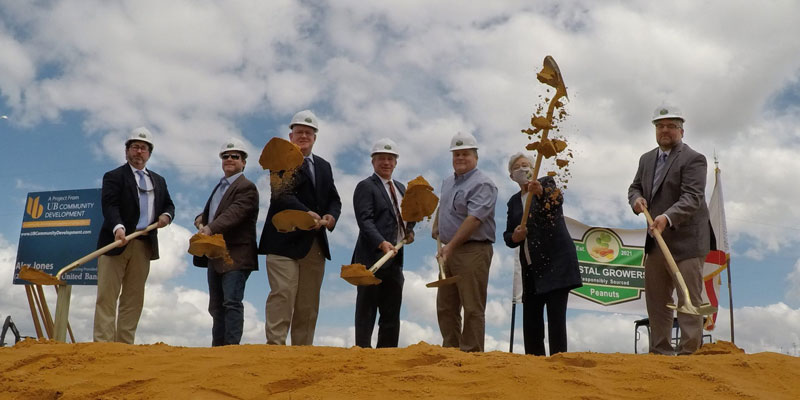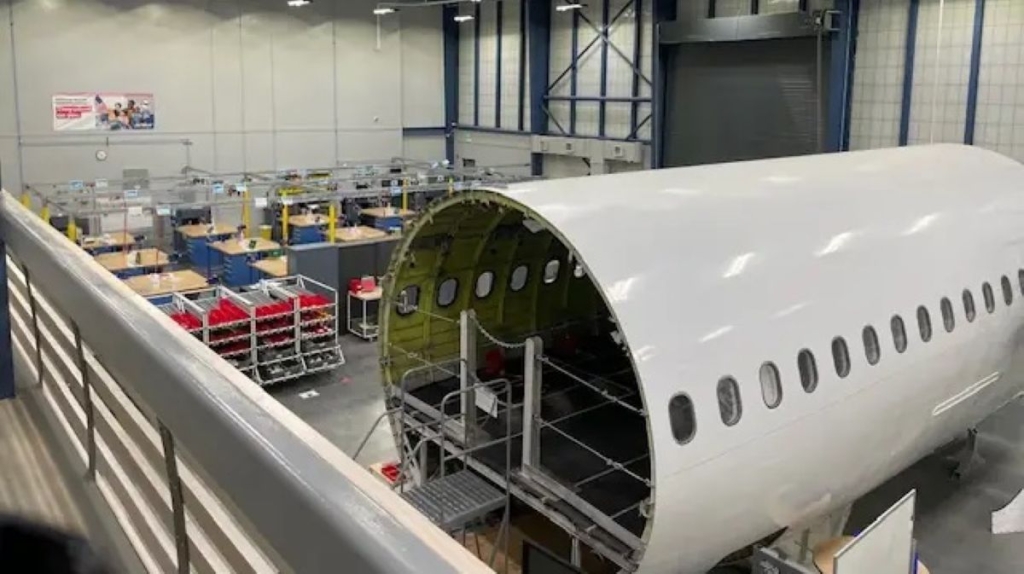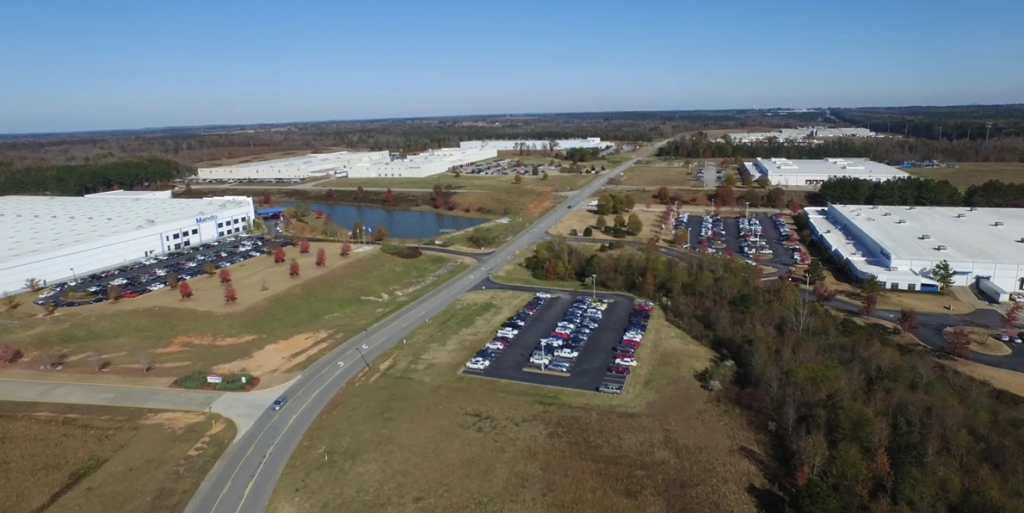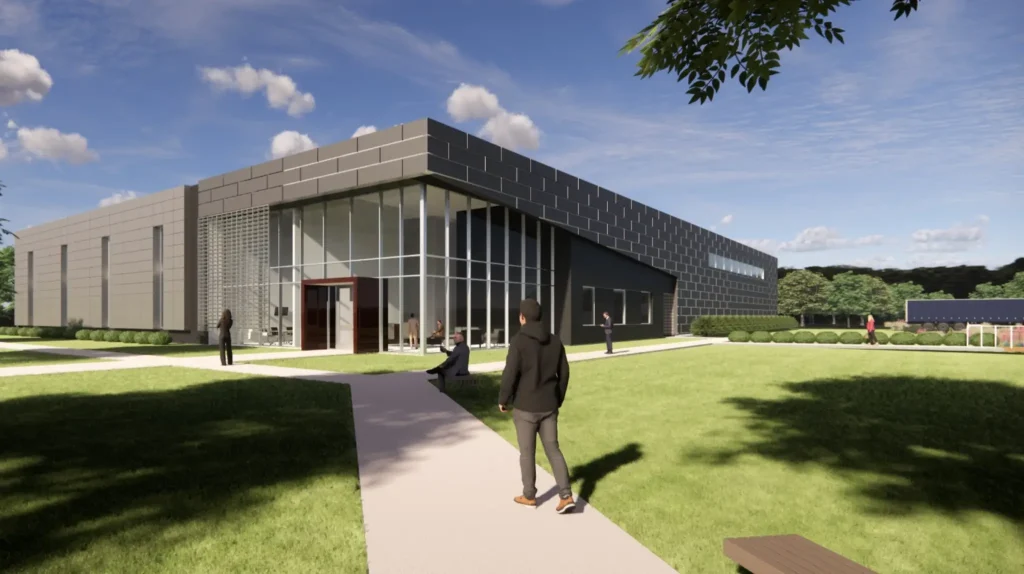In April, Reuters reported “US manufacturing boom has a real estate problem.”
According to state leaders, Alabama, like many other states, is encountering a symptom of economic development success: Running low on available sites for industrial development.
With the state’s tool kit of economic incentives renewed officially until 2028, one component of the “Game Plan” requires funding to fulfill its mission of securing multibillion-dollar projects to Alabama. It’s called the Site Evaluation and Economic Development Strategy (SEEDs) Act.
Leaders say it can solve manufacturing’s real estate problem.
Greg Barker, president of the Economic Development Partnership of Alabama, told Yellowhammer News the SEEDs Act is the product of a “pent up need” in Alabama to present and prepare available sites to companies who are in the market for them.
“One part is to identify, assess and document what would be a good fit for the types of industrial growth that those regions would target,” Barker said. “The second part is that it gives Alabama a chance to actually invest in some of the needed infrastructure to make the site viable.”

As approved by the Legislature and signed into law by the governor, the SEEDs Act empowers a longstanding entity with new authorities to issue grants in support of the development of industry-ready sites. Secretary of Commerce Greg Canfield said the State Industrial Development Authority (SIDA) has never had such an in-depth mandate.
“We envision SEEDs being the opportunity to accomplish two things. And to do so in a program that is going to benefit rural Alabama as well as our more urban counties across the state,” Canfield said.
“Take those sites that are already in the inventory or local communities are evaluating to enter into their inventory for development – and give them an opportunity in a cost-sharing grant where the local community will have some skin in the game and the state will also – to help get those sites evaluated, help them get certified, do the engineering work that’s necessary to get them to the point where they are what we call ‘speed-to-market ready.’”

As pointed out by local economic developers to Reuters, speed is often key.
“When electric vehicle maker Rivian Automotive Inc. was hunting for a place to build a $5 billion plant, it considered a spot just outside Fort Worth, Texas.”
“But the EV-maker ‘had some pretty aggressive timelines as far as when they needed certain elements of the transportation infrastructure in place,” said Robert Sturns, director of the Fort Worth Economic Development Department. Fort Worth could not meet those, and the project jumped to Georgia in late 2021.”
In spite of four votes against the SEEDs Act in the Senate last month – competition with other states is a reality. Alabama has to build out these programs to stay in the conversation, according to Lt. Gov. Will Ainsworth.
“For example, in Virginia’s 2022-2024 budget, which Virginia Gov. Glenn Youngkin signed in June 2022, the state allocated $150 million for their site development program, of which $90 million in grants were announced in January 2023,” Ainsworth said. “To create an environment where Alabama is one of the first states companies consider when looking to locate, we need to step up and fully fund our economic development programs enacted under the SEEDS Act.”

Cost-sharing mechanisms between state and local economic development organizations, performance “pay-as-you-go” benchmark requirements, and application-based grant processes are all programmed into the renewed incentives package to distribute the financial lift between public and private entities. But why are other states investing so greatly in site development?
“When you start thinking about communities that need to do phase one environmentals, phase two environmentals, geotechnical reports, labor studies, property boundary surveys, wetland delineation – all those things really start to add up in expense,” Barker said.
While competition with other states is a driving force in economic development and the United States locked in a broader competition with China to usher in a renaissance in manufacturing, Barker said the site development program is about enabling and marketing local communities across Alabama.
“If you think about economic development, in general, it begins and ends at the local level,” he said. “So it’s really important to have those local developers actively engaged and involved in economic development.
“Because, at the end of the day, companies, they’re not picking regions of the country, they really pick communities and locales.”
Grayson Everett is a staff writer for Yellowhammer News. You can follow him on Twitter @Grayson270













